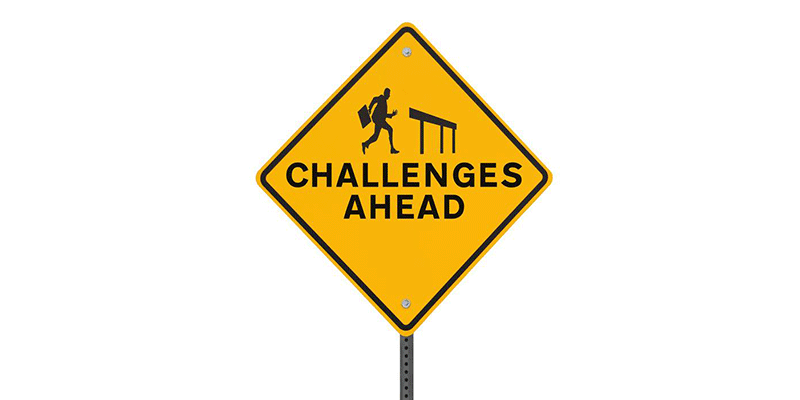21 percent of Internet traffic is riddled with bad bots. Bots are programs created to automate repetitive tasks, and they fall into two major categories. Good Bots and Bad Bots. You may or may not have heard of Bots, but most web designers and marketing teams are very familiar with bots and if used correctly, can actually give you an SEO advantage.
Good Bots
Good bots are mostly beneficial to an online businesses. They help in creating the required visibility of the websites on the internet, and also help these businesses achieve an online authority. When you search for a website or phrases related to the website’s products or services, you get relevant results listed on the search page. This is made possible with the help of search engine spiders/bots, or crawler bots. Good bots are regulated. There’s a specific pattern to these types of ‘regulated’ bots and you also get the option to tweak the crawler activity on your website.
Bad Bots
Bad bots, generally, don’t play by the rules. They have a definitive ‘malicious’ pattern and are mostly unregulated. Imagine thousands of page visits originating from a single IP address within a very short span of time. This activity stresses your Web servers, and chokes the available bandwidth. This directly impacts those genuine users on your website, trying to access a product or service.
Bad bots are programmed to perform a variety of malicious jobs. They can be sent by third-party scrapers or your competitors to steal content from your website. The content can be unique to your website or business. Examples of content can be product reviews, fresh breaking news, dynamic pricing information of products listed, product catalog, user generated content on community forms, and so on.
Bots can scrape the content, and publish them elsewhere. This can affect your website’s search engine rankings. There have been instances of stolen content outranking the originals on Google search pages. This directly impacts the bottom-line of the websites that have invested millions of dollars to create original content.
Internet Traffic
Stealing content is not the only malicious activity these bots are capable of. They can spam community forums with intrusive ads or messages.
How much of your website’s traffic is driven by bots? The answer may surprise you. Overall, bots account for nearly half of all web traffic. The “good” bots account for 20.4 percent, and “bad” bots account for 21.8 percent.
Hackers, scammers and fraudsters commonly use bad bots to scrape content, test stolen account credentials, issue spam, conduct digital ad fraud by generating bogus clicks, conduct brute force attacks, and mine data from competitors.
Distil Networks keeps tabs on bad bot activities in their annual “Bad Bot Report”. This year’s analysis reveals that gambling websites and commercial airline companies suffer a disproportionate percentage of bad bot attacks, with 53.1 percent of gambling traffic coming from bad bots, and 43.9 percent of airline traffic coming from bad bots.
83.2 percent of bad bot attacks are initiated via Chrome, FireFox, Internet Explorer, and Safari web browsers. 10.4 percent come from mobile browsers, with Android, Opera, and Safari Mobile being the most commonly used.
82.7 percent of bad bot traffic originates in data centers, which is up from 60.1 percent in 2016, indicating that hackers are coming to increasingly centralize and scale their efforts.
Tiffany Olson Jones, the CEO of Distil Networks had this to say about the recently published report:
“This year, bots took over public conversation as the FBI continues its investigation into Russia’s involvement in the 2016 US presidential election and new legislation made way for stricter regulations. Yet as awareness grows, bot traffic and sophistication continue to escalate at an alarming rate. Despite bad bot awareness being at an all-time high, this year’s Bad Bot Report illustrates that no industry is immune to automated threats and constant vigilance is required in order to thwart attacks of this kind.”
While the total number of bad bot attacks continues to increase, the landscape is shifting. For the first time since the Bad Bot report has been published, Russia topped the list as the most blocked country, with 20.7 percent of companies issuing country-specific IP block requests, while China, which topped last year’s list, fell to sixth place, with 8.3 percent.
This is a problem that’s not going to go away. Continued vigilance is a must.
Parts of this article are Used with permission from Article Aggregator


